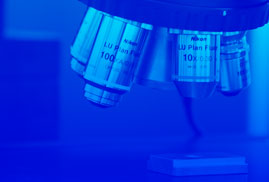Portable photogrammetry systems are being increasingly used as a 3-D technique for industrial metrology applications in the manufacture of large components. By taking a series of images from different positions and points of view of a set of optical markers arranged on the surfaces of the object, the traceability of the process is established by a series of scale bars arranged over the scene, each one with pre-calibrated distances between corresponding pairs of optical markers. By detecting the 2-D coordinates of the optical markers at different angles, it is possible to determine the relative position and orientation of the camera for each one of the images, together with the calculation of the 3-D coordinates of each one of the optical markers by means of triangulation from multiple points of view. The bundle adjustment that is generally applied in portable photogrammetry for the 3-D calculation of the scene has a high computational load, which in practice results in a review process and iterative and inefficient reprocessing by the user until an adequate set of images are taken. This limits the potential offered by the photogrammetry for the application in industrial metrology of simple, efficient and low-cost measuring processes. In previous works, a new procedure for resolving the bundle adjustment problem was presented. In this work, additional steps are proposed with the aim of increasing the computational efficiency of the process. As an industrial case study for the assessment of the proposed solution, the geometry measuring process for the blank workpiece is adapted before it is machined, with high-range measuring volumes (100 m3). An increase is demonstrated in the in-process computational efficiency, with a total time of 1 second in the reverse processing for each new image taken during the measuring processes analysed in the industrial scenarios to be studied. Furthermore, a self-calibration method has been integrated for in-process camera intrinsic parameters, which allows the use of low-cost digital cameras for accurate industrial metrology. It achieves the same performance reported for portable photogrammetry with pre-calibrated cameras, with a relative precision of 1/10,000 (e.g. 0.1 mm error in 1 m).



